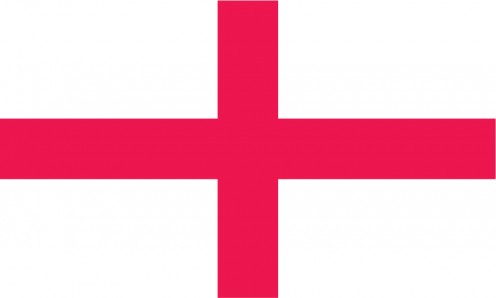- HubPages»
- Travel and Places»
- Visiting Europe»
- United Kingdom»
- England
Visiting the Main Building of University College London: Classical Hub of a Great, World Centre of Learning



Pillared magnificence by William Wilkins at a leading, scholarly institution
The striking and monumental Corinthian portico by William Wilkins (1778-1839)(1) at what is now University College London dates from 1827. What was originally founded as London University in 1826 was incorporated together with King's College into the University of London in 1836, and known as University College.
Wilkins worked in partnership with J.P. Gandy-Deering. The exisiting dome, T.L. Donaldson set back from the top the portico, dates from 1848, an earlier dome having been replaced. The portico resembles another of Wilkins's later creatons, the National Gallery on Trafalgar Square.
The historic portico, facing Gower Street, is a hub for students and staff.
The College is often referred to as UCL.
Visitors may gain a good view of the portico from the Gower Street entrance, although those wishing to enter the quadrangle are advised to ask permission at the porter's lodge.



Nobel Prizewinners; and friendly rivalries
Among the College's 26 Nobel Prizewinners have been Rabindranath Tagore (in Literature, 1913), Sir William Ramsay (in Chemistry, 1904) and Otto Hahn (in Chemistry, 1944).
At an informal level, and historically, University College London was a great rival of King's College, London. Some of the reason for this may have disappeared in the mists of time. But part of this may have related to the fact that while King's was an Anglican foundation, University College was secular (2).
Punctuation convention
To be precise, officially there is no comma within the phrase 'University College London', the name for the College, a constituent institution of the Federal University of London.
Notes
(1) Interestingly, while Wilkins was known for his emphasis on Classical Revival style in architecture, he also worked in Gothic; various structures at Cambridge reflect the latter style, including the Gatehouse at King's College.
(2) At times, University College took its secularism so seriously that when in the 19th century moves were made to appoint an ordained Unitarian minister to a Professorship, albeit not to teach theology, there were those in the College leadership who successfully objected! (The seeds here, perhaps, of some contemporary opinion which interprets 'freedom of religion' to be 'freedom from religion', a rather different concept.)
Also worth seeing
London , England, has so many visitor attractions and historic buildings that it would be impossible to give an adequate summary of them here; but a very few of these include:
Trafalgar Square, with the National Gallery (also designed by William Wilkins — see above) and Canada House; Buckingham Palace; Westminster Abbey; St Paul's Cathedral; the Houses of Parliament. The University of London's Senate House is another fine, monumental structure.
Oxford (distance: 95 kilometres) an outstanding university city, with fine architecture; the Bridge of Sighs, the Radcliffe Camera and the Shedonian Theatre are, among many other fine structures, worth seeing.
Cambridge (distance: 95 kilometres), another outstanding university city; among its architectural treasures are Senate House and King's College Chapel. The Backs on the Cam River are especially picturesque.
...
How to get there
United Airlines flies from New York Newark Airport to London Heathrow Airport, where car rental is available. Underground and train services link Heathrow Airport with Central London. Please note that some facilities may be withdrawn, without notice. Please check with the airline or your travel agent for up to date information.
MJFenn is an independent travel writer based in Ontario, Canada








